Introduction
The type of burial originally carried out from the 3rd century in the catacombs was a space-saving and cost-effective solution developed by Christians, heathens and Jews in order to use the area below graveyards to meet the increased demand for graves. The Christian religion banned cremation, which increased the requirement for space even more.
About forty catacombs are counted in Rome, but it is thought that there are actually many more. Most of them are located on the sides of the first part of the Via Appia (San Sebastiano, Domitilla, San Callisto). This is because the terrain in that part of the city had layers of tufa of vulcanic origin which were very resistant to landslides. The tomb’s were dug along the sides of the tunnels and could contain up to three bodies. They were closed with slabs of stone or marble, on which were written the name of the deceased and an invocation.
The paintings that decorated them are still of great interest. They are the oldest example of Christian art that we have. The most common symbols are the Fish, the Dove, the Good Shepherd and there are scenes from the Old and New Testaments, like, for example the episode of the Prophet Jonah and the «fractio panis ».
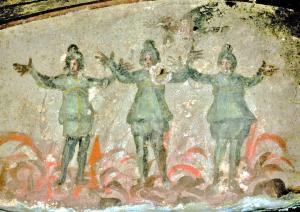
The Three Youths in Purgatorial Fire, early Christian fresco, 3rd C. A.D Catacombe di Priscilla, Rome.
From the time of the Edict of Milan (March, 313 A.D.), the catacombs were gradually abandoned as burial places, and they became places of pilgrimage. At the beginning of the barbarian invasions the popes ordered the bodies of the martyrs to be transferred to the city churches so that they would not be profaned. Thus the catacombs were completely forgotten. They were rediscovered by chance in 1587 by a peasant, who, digging for pozzolana, fell into a tunnel lined with tombs.
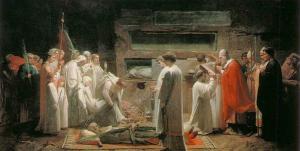
Jules Eugene Lenepveu, Martyrs in the Catacombs, 1855, oil on canvas, 170 x 336 cm, Musee d’Orsay, Paris
Catacombs of Rome: Catacombs of St. Domitilla (Catacombe di Domitilla)
With a network of tunnels over 15km/9mi in length, the Domitilla Catacombs form the largest subterranean cemetery in Rome. Initially, both heathen and Christian Romans found there final resting place here, provided they did not prefer to be buried by the main arterial roads of Rome. Flavia Domitilla was the niece of Emperor Domitian, who had her husband put to death in the year 95 and Domitilla herself accused of godlessness and Jewish practices, and then exiled. The reason for this was probably that both of them were Christians.
The main purpose in constructing large catacombs was the burial of martyrs. After Christianity was officially recognized by Emperor Constantine in the 4th century, the faithful began to revere the graves of martyrs, and thus more and more people wanted to be buried as close to these graves as possible. The Domitilla Catacombs contain the Basilica of St Nereus and Achilleus, a highly impressive subterranean church with columns and marble fragments. From the basilica, visitors enter the tunnels with the burial chambers and wall recesses where well-preserved paintings with Christian themes such as The Good Shepherd, Daniel in the Lions’ Den and Christ with his Disciples can be seen.
The Domitilla Catacombs Opening times: Feb-Dec Wed-Mon 8.30am-noon and 2.30pm-5pm, in summer until 5.30pm. Entrance Fee: 13€.
The Domitilla Catacombs Photo Gallery:
Catacombs of Rome: Catacombs of Priscilla (Catacombe di Priscilla)
The oldest catacombs in Rome probably got their name from Priscilla of the house of Acilia, who had become a Christian and was therefore put to death by order of Emperor Domitian.
The catacombs are home to several murals with saints and early Christian symbols. The burial chamber of the Velatio contains frescoes of The Veiling, The Sacrifice of Abraham and a depiction of Three Youths in the Fiery Furnace of Babylon. The elaborately decorated Greek chapel, a square structured by an arch, is especially noteworthy. Here are frescoes with biblical scenes from the 2nd century, including The Miracle of Moses Striking the Rock, The Healing of the Lame Man, Noah in the Ark, The Resurrection of Lazarus, Daniel in the Lions’ Den, and, above the apse, a depiction of The Last Supper. Close by, a mural from the early 3rd century shows Mary with her child and the prophet Balaam, the oldest depiction of the Mother of God not related to the subject of the adoration of the magi.
Catacombs of Rome: Catacombs of Callixtus (Catacombe di San Callisto)
The catacombs owe their name to the deacon Callixtus, the head of the cemetery who later became pope and who made these catacombs the official tomb of the bishops of Rome. There is no doubt that this subterranean cemetery beyond the second milestone San Callisto of the Via Appia Antica is the oldest Christian catacomb in Rome.
The grave site extends over an area of 300 x 400m and forms a dense network of burial chambers and passages hewn into the soft tufa stone. Approximately 20km/12mi of theses passages have been explored to date; the number of graves is estimated to be around 170,000.
In the catacombs, six sacramental chapels from the period between 290 and 310 with heathen Roman and early Christian paintings can be visited. Catacombs of Callixtus has various features which make it one of the most eloquent witnesses of Paleochristian Rome. Undoubtedly, it is mostly famous for being the burial place of many 3rd and 4th Century Popes.
from €15.00 EUR
Duration: 40 Min.
Seller: Tiqets
1.364 Reviews
Most of the martyr popes of the 3rd century are buried here, as can be seen from the Greek inscriptions for Urban I, Pontius, Anteros, Fabianus, Lucius, Sixtus II and Eutychianus. A narrow passageway connects the tombs of the Popes with the Crypt of Saint Cecilia, where a fairly ruined, 5th Century fresco depicted this saint. There are several Byzantine style paintings which date from the early Middle Ages.
Today, the relics are kept in the church Santa Cecilia in Trastevere. The Cubicula of the Sacraments, six small burial chambers from the first half of the 3rd century with expressive biblical scenes, are also fascinating. The scenes that can be seen include the miracle of Moses striking the rock, the story of Jonah, the baptism of Christ by John with a dove as the symbol of the holy spirit, and the resurrection of Lazarus.
Catacombs of Callixtus Photo Gallery:
Opening times: March-Jan Thu-Tue 8.30am-noon and 2.30pm-5pm.
to Read More click Next.

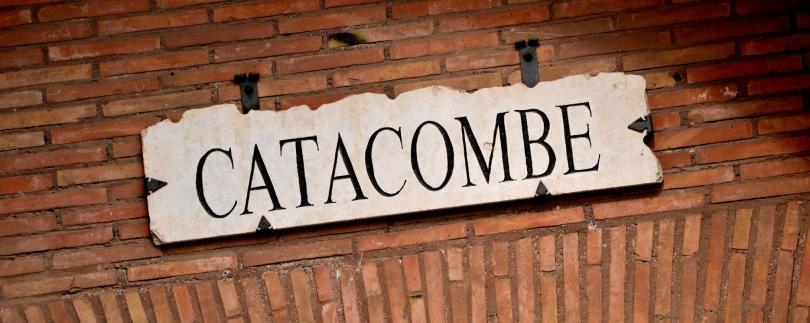

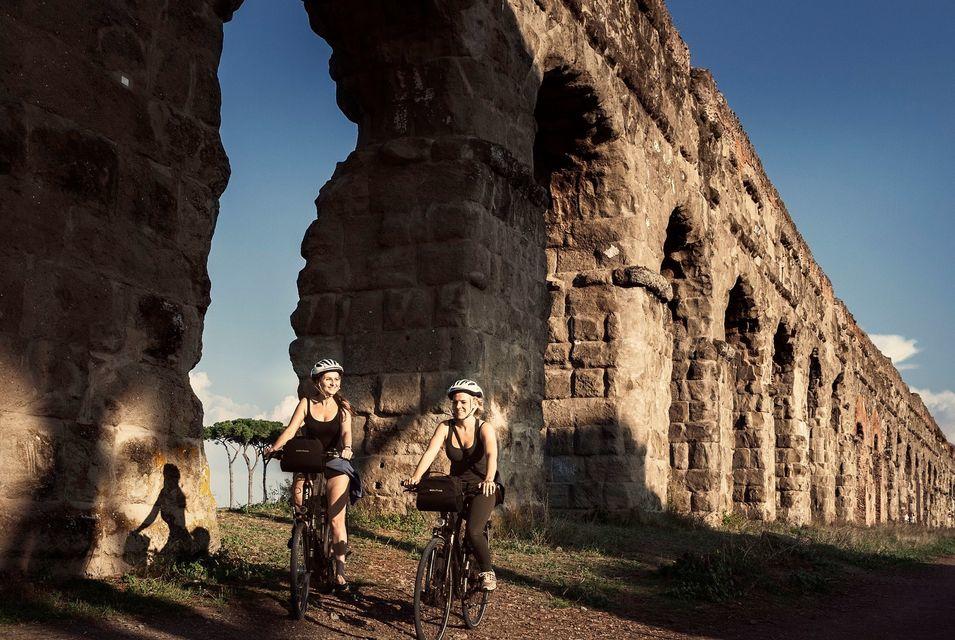
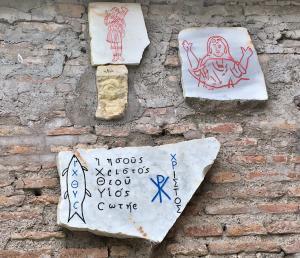
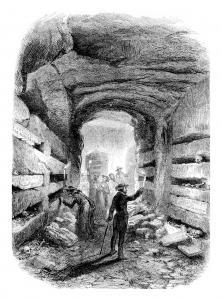
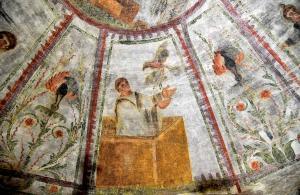
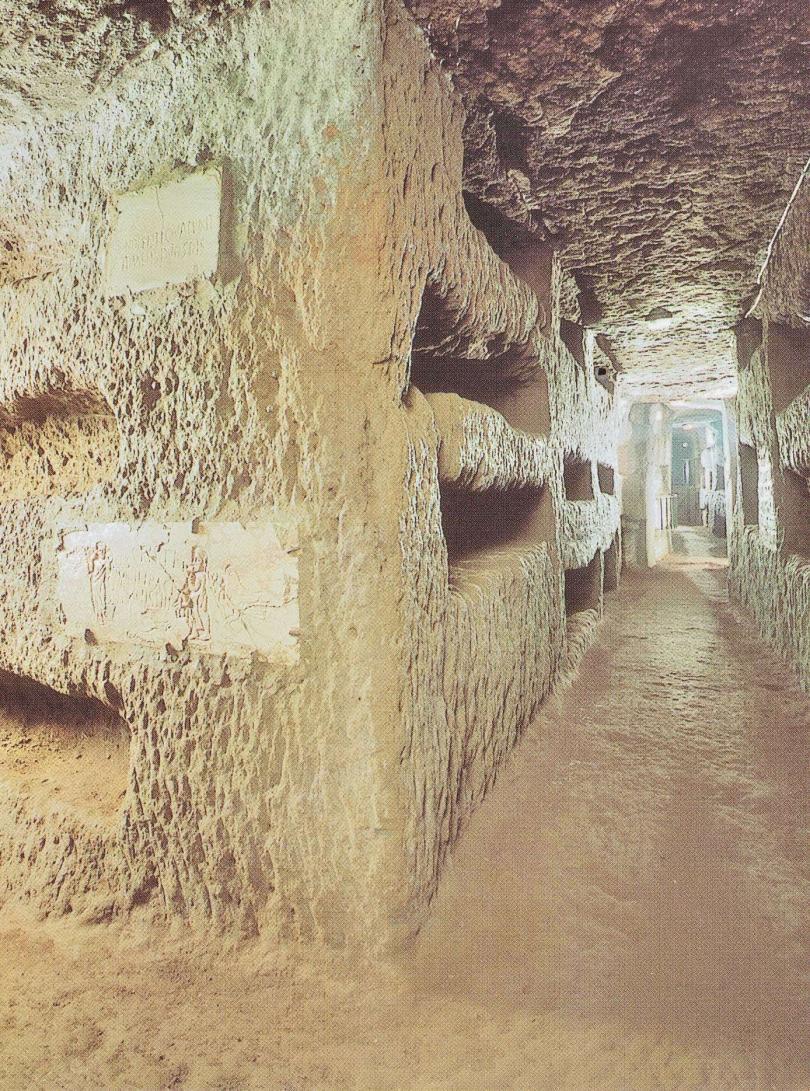

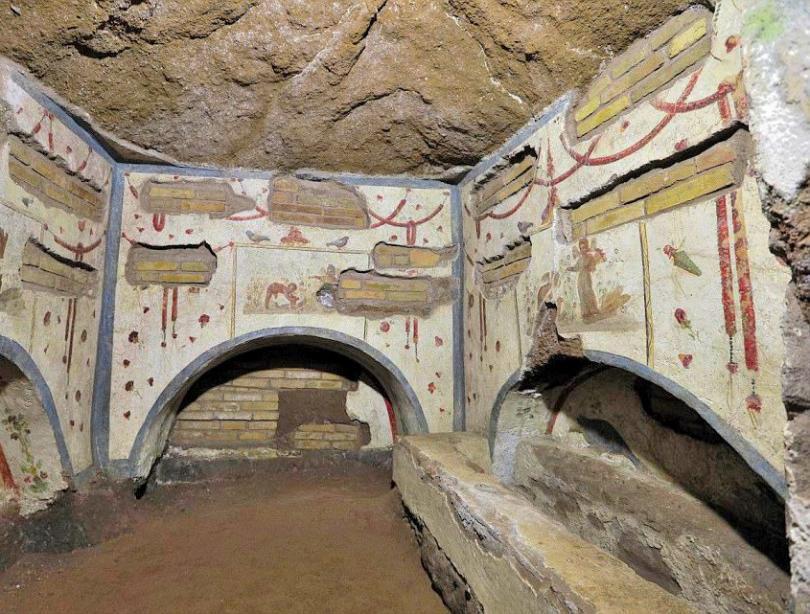
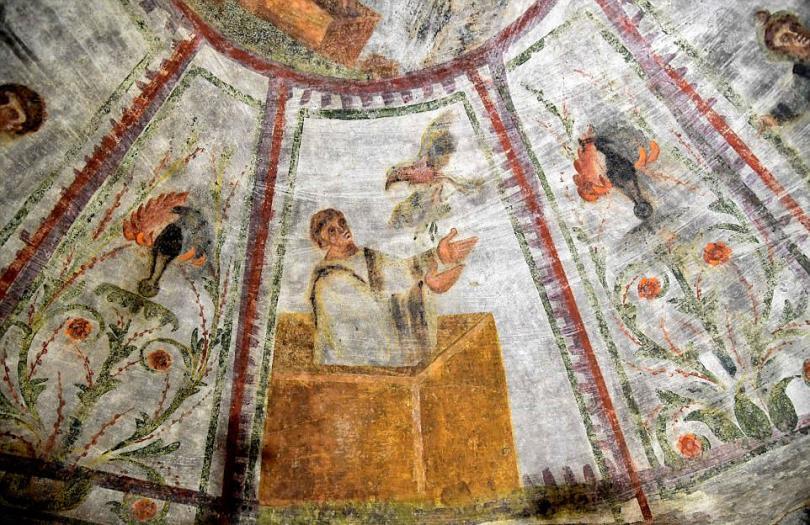
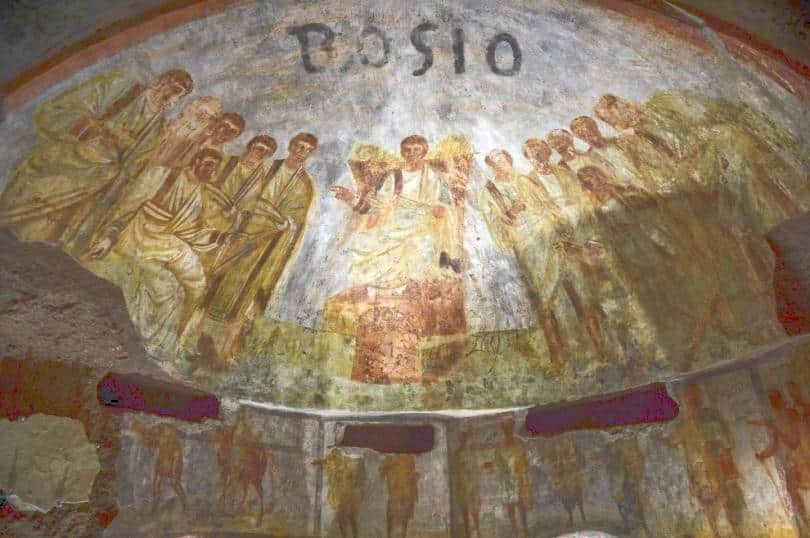
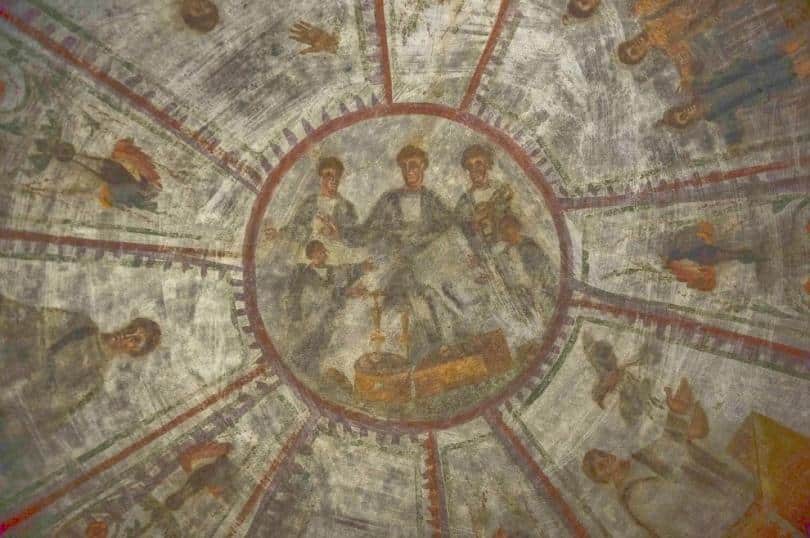

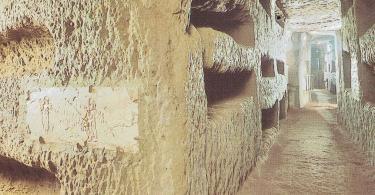

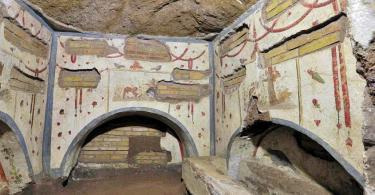
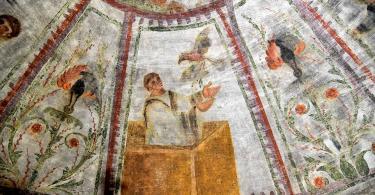
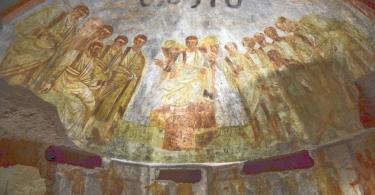
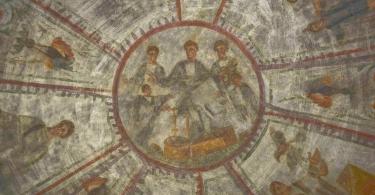

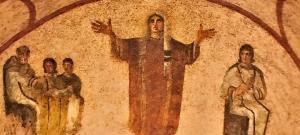
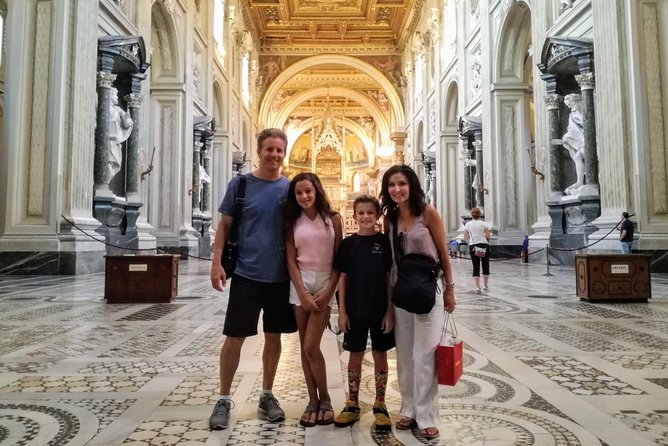


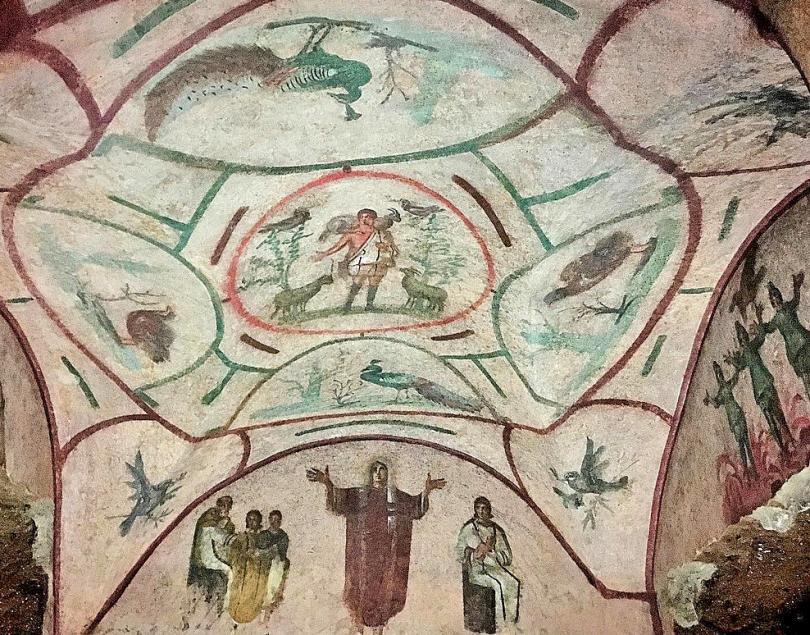

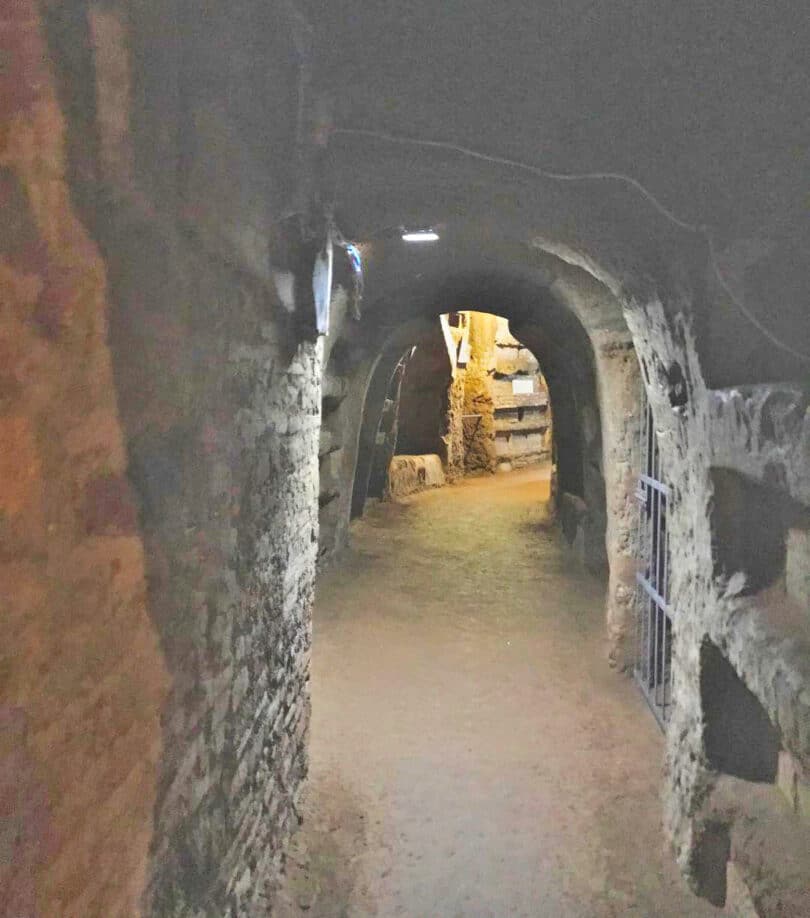

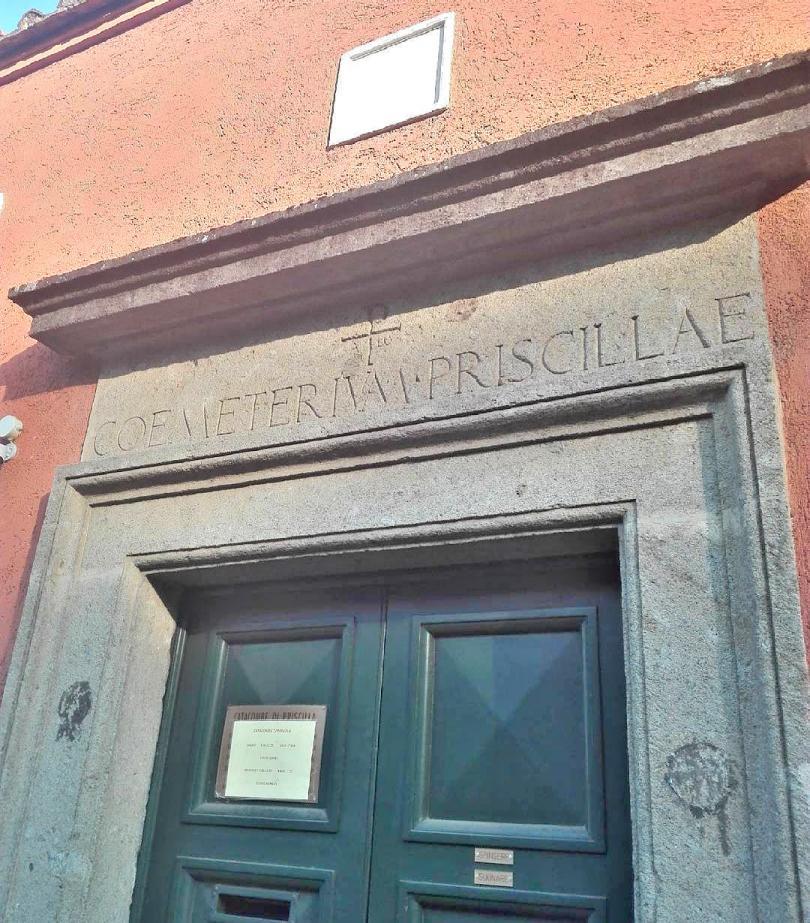

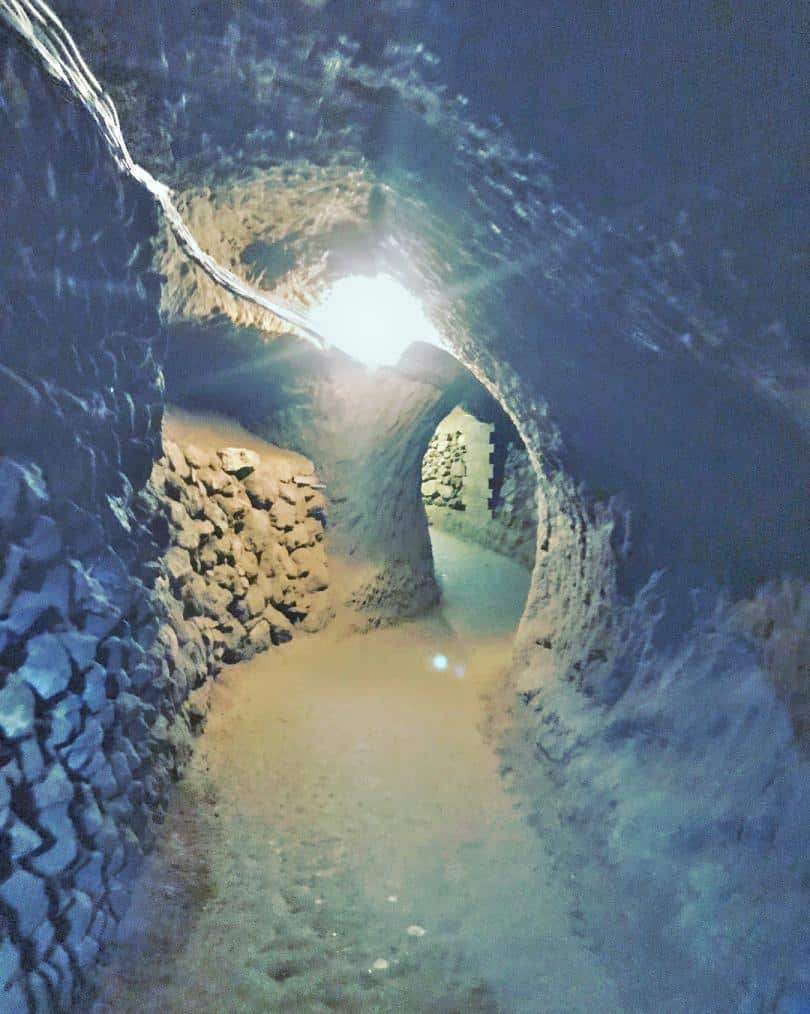
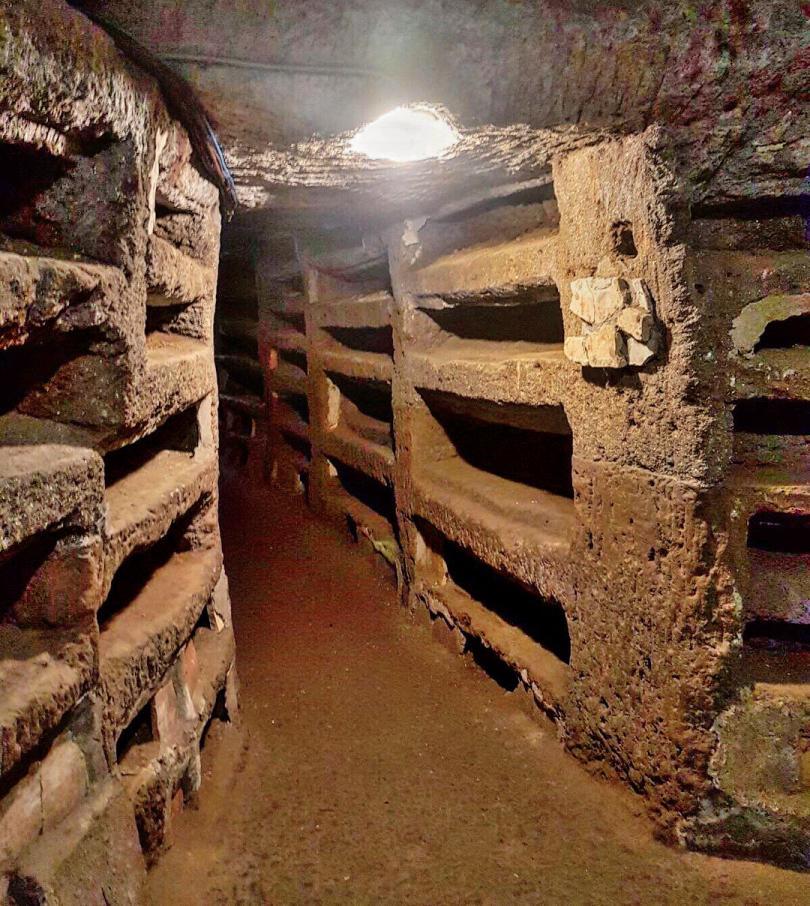
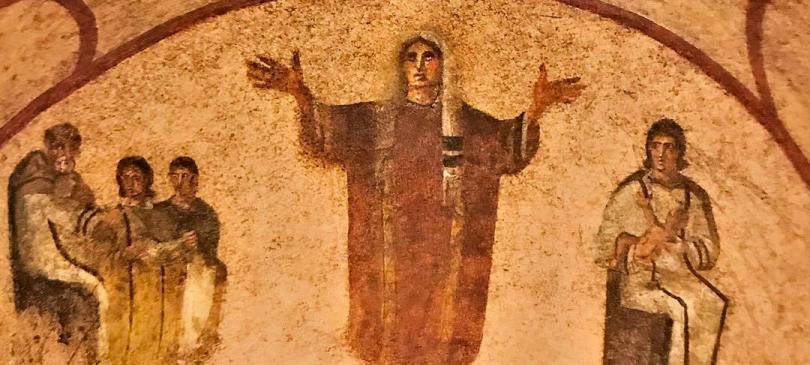
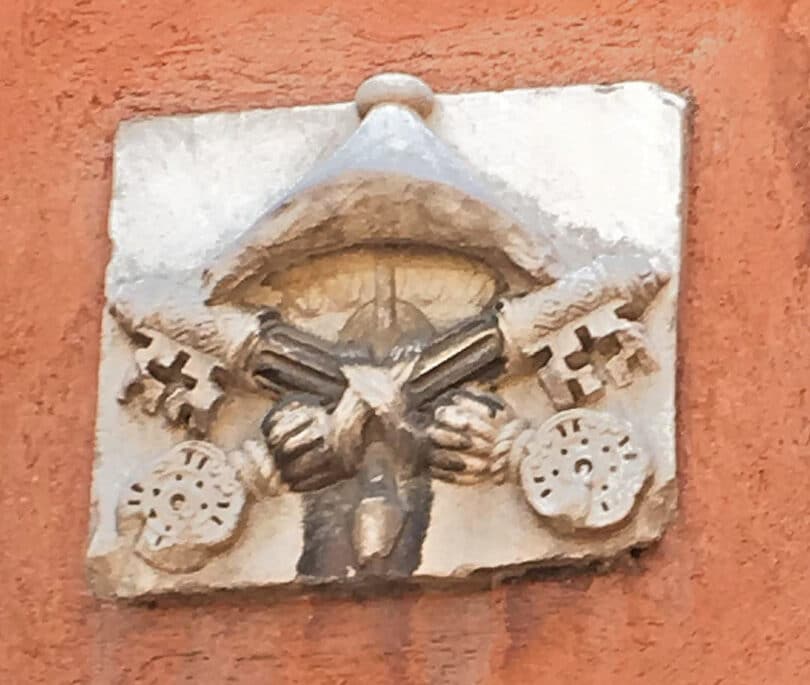
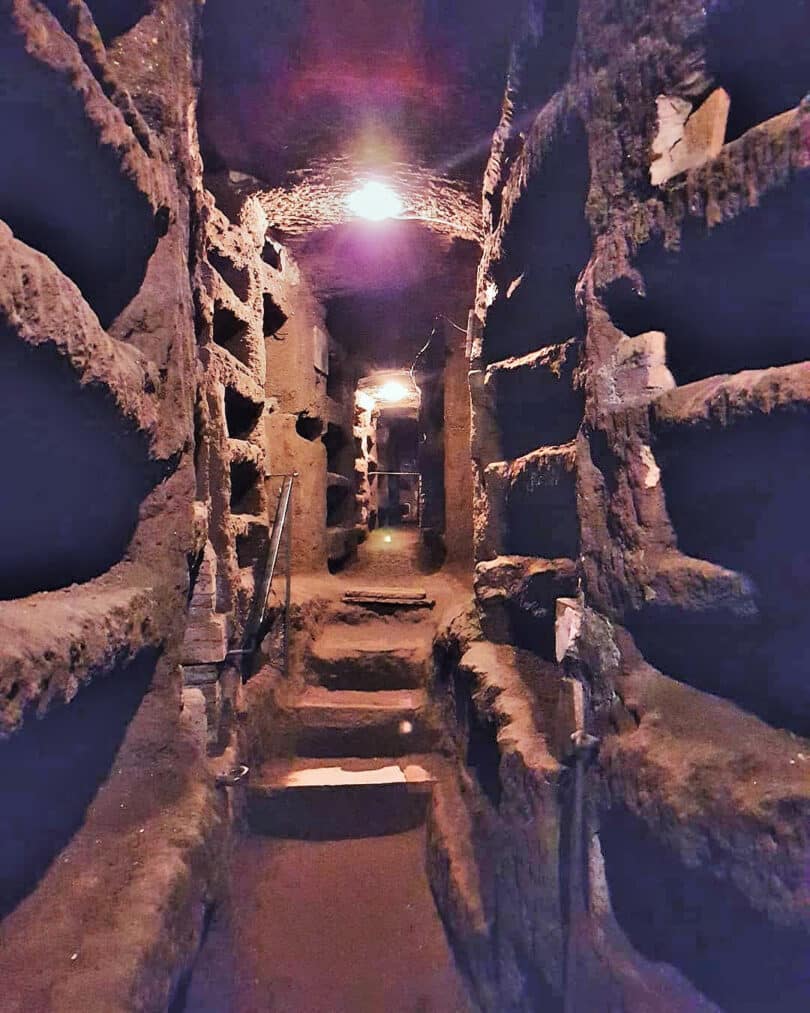
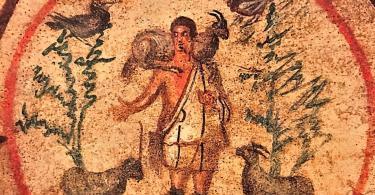
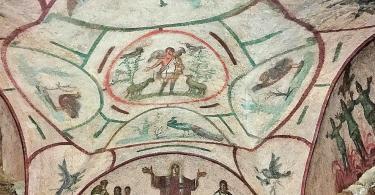
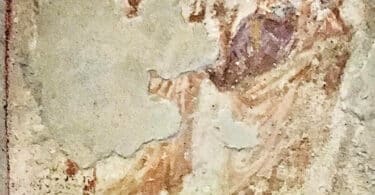

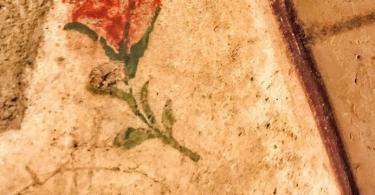
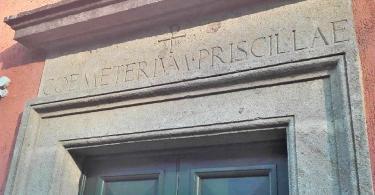
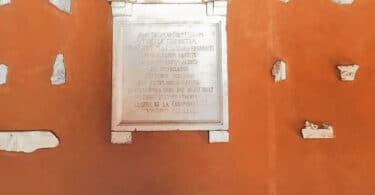
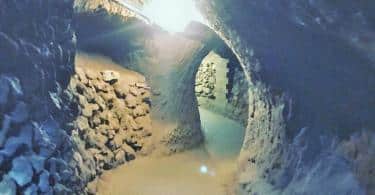
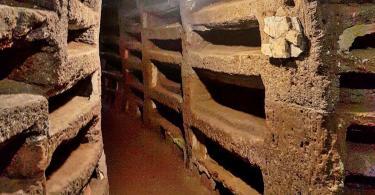
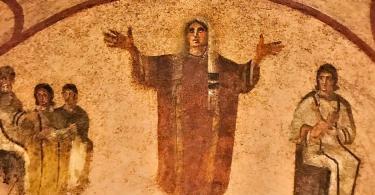

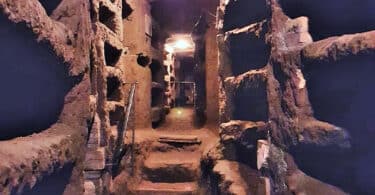
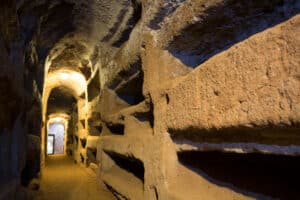
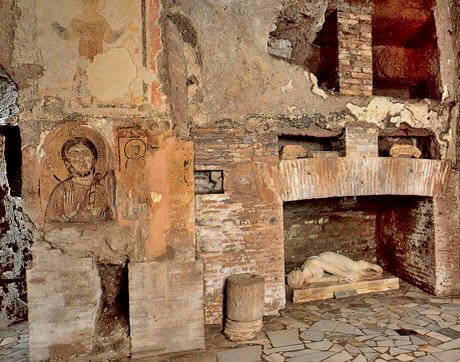
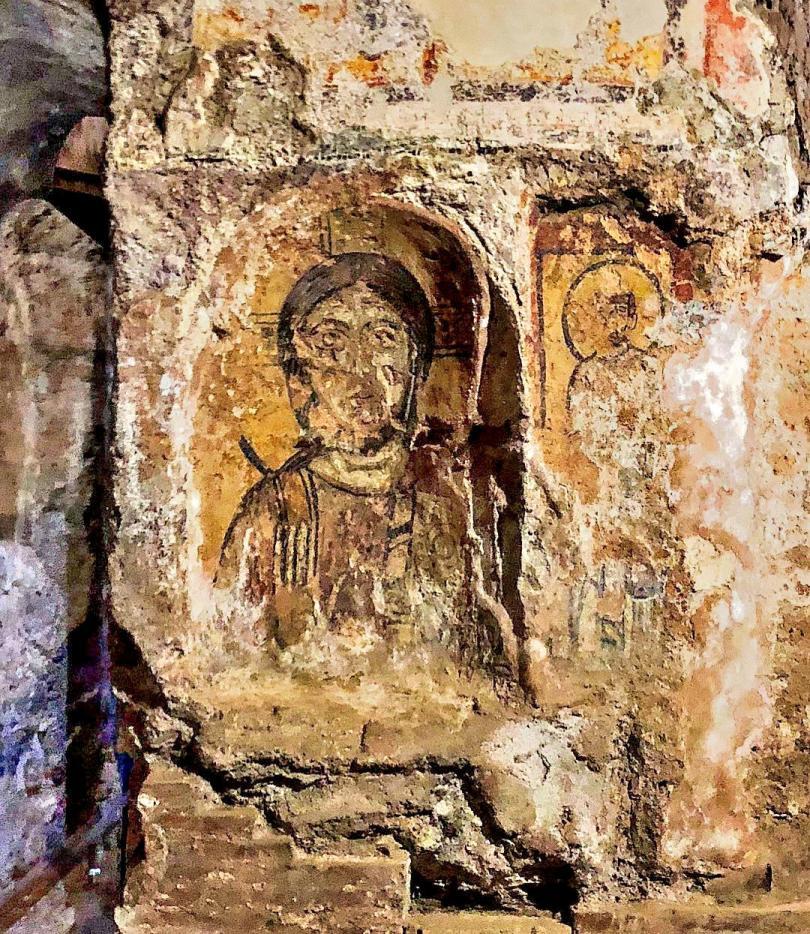
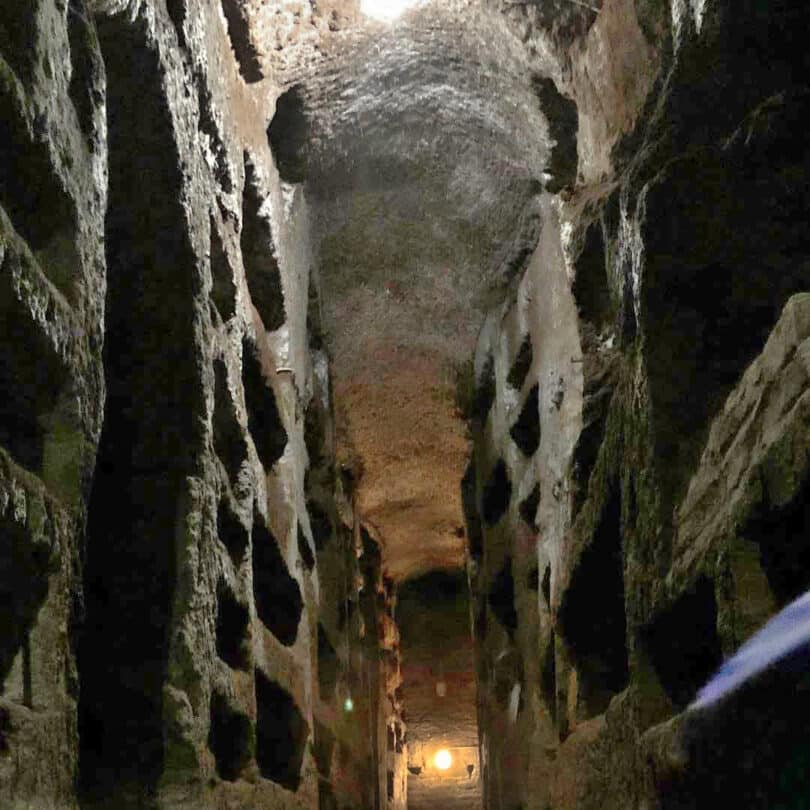
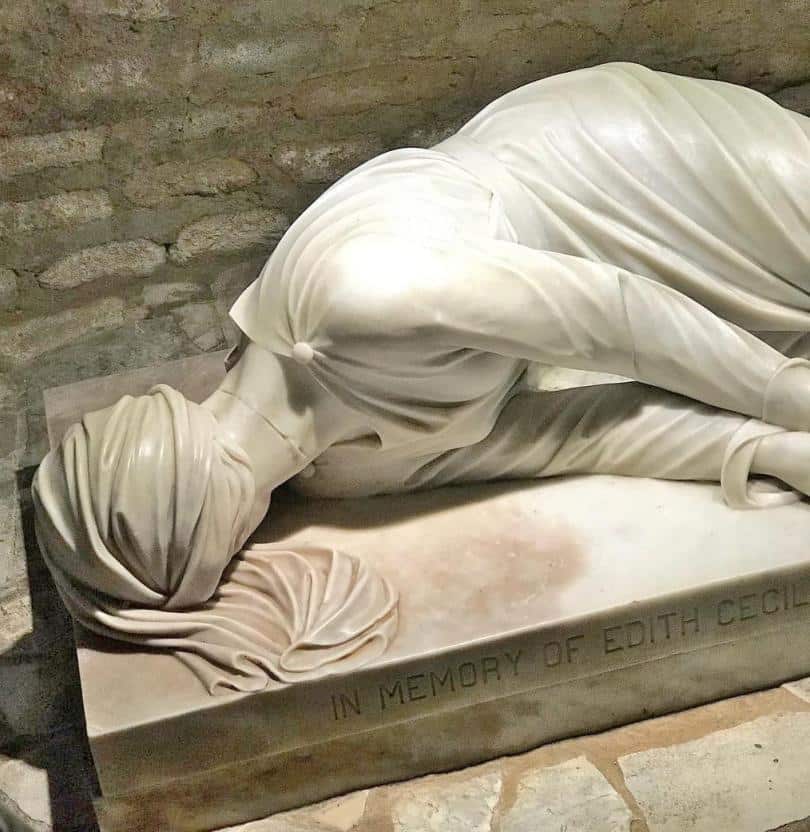
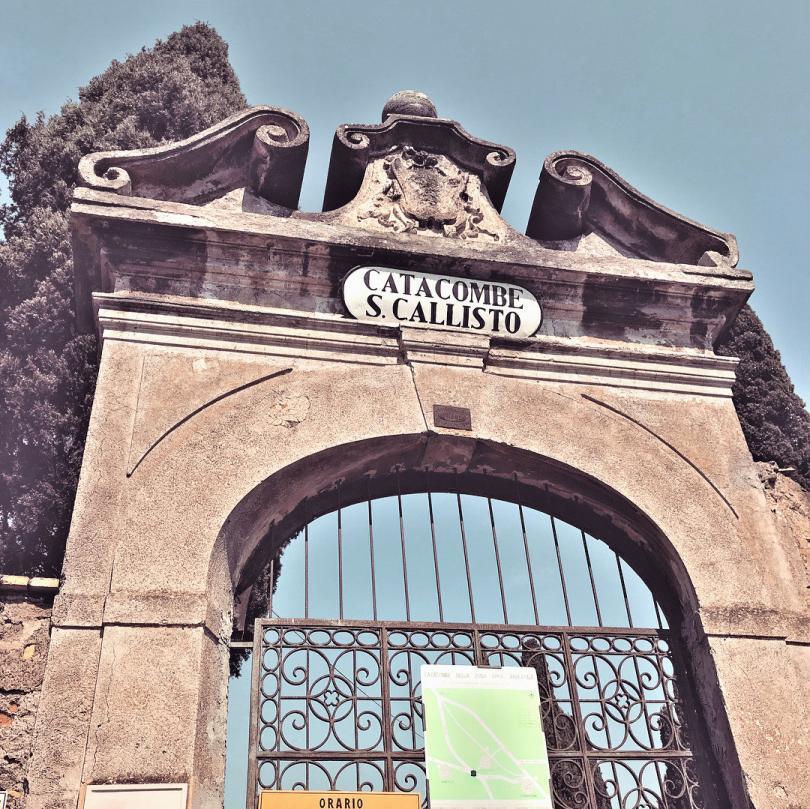
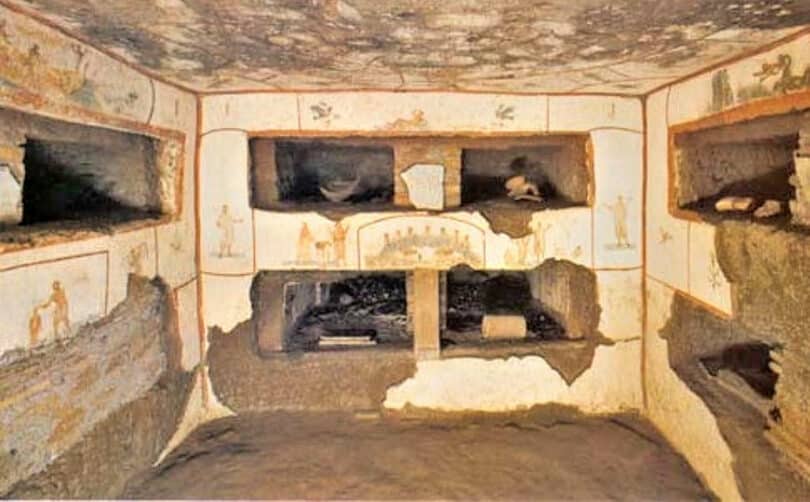
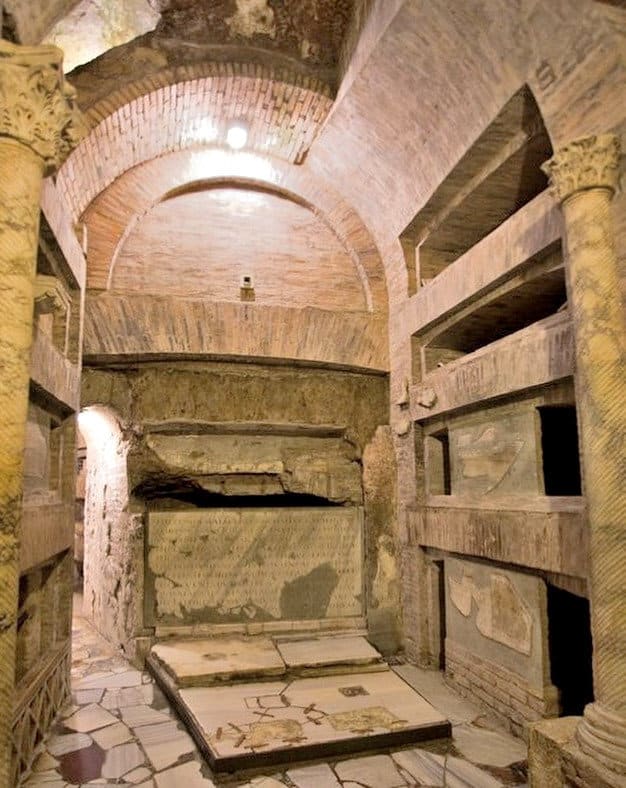

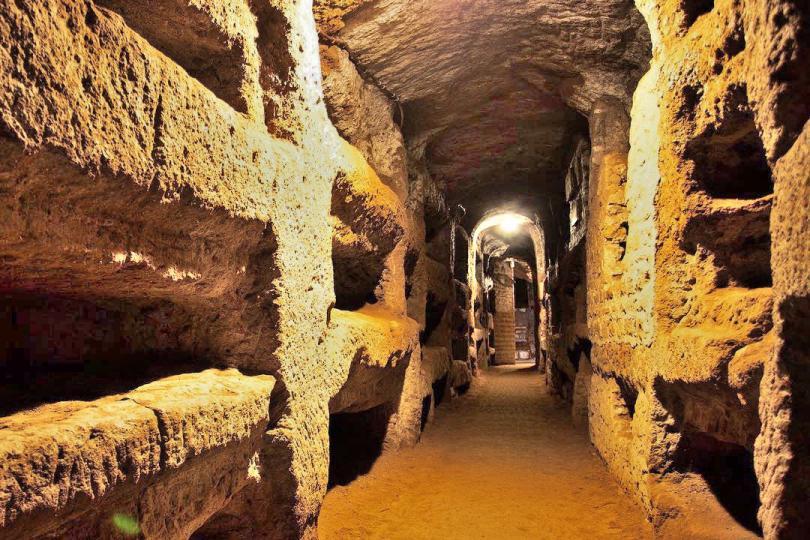
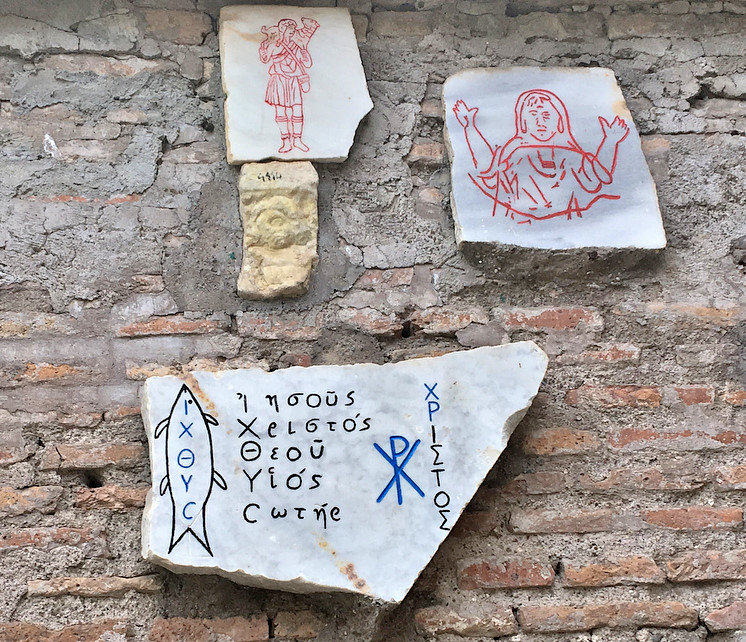
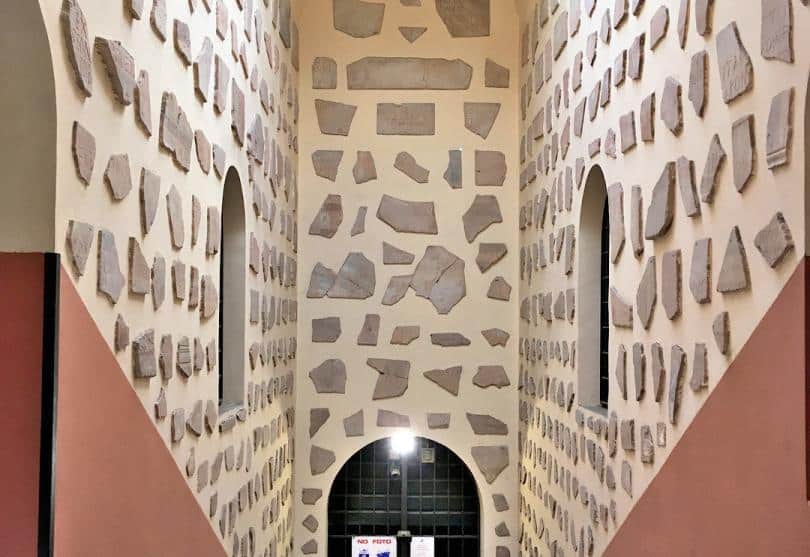
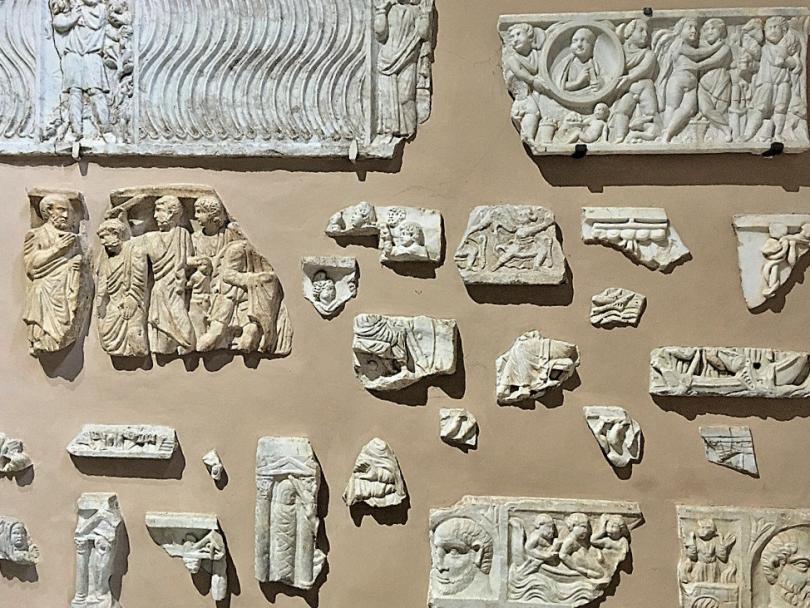

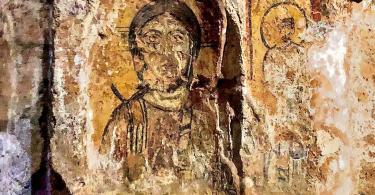
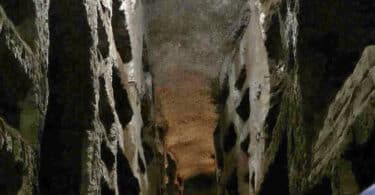
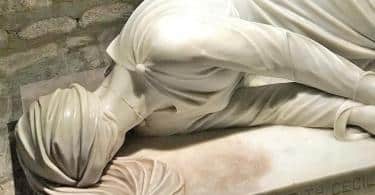
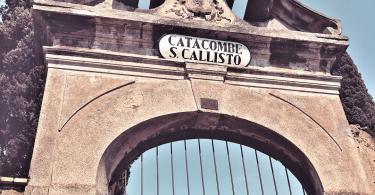
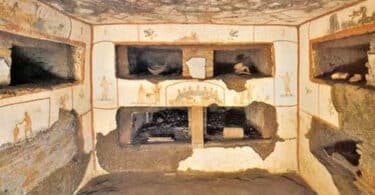
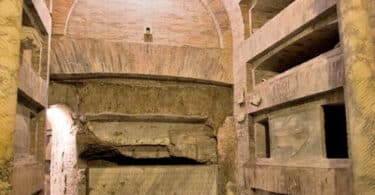
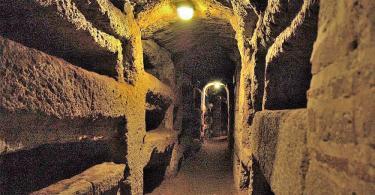
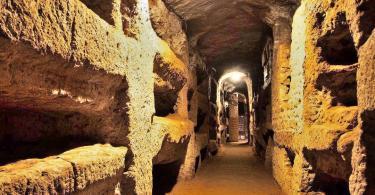
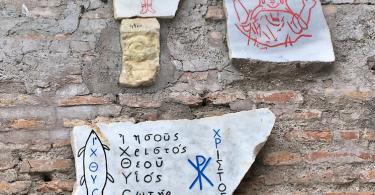
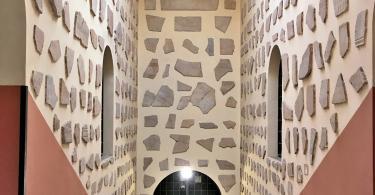
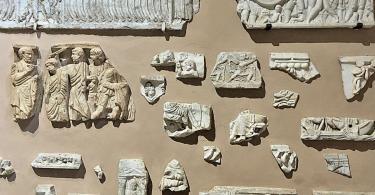

Super et merveilleux. Les photos et explications sont intéressantes. Je connais l’Italie mais je ne savais pas qu’il y avait des catacombes.